Insider’s View: Clapp Laboratory Basement
Although some may find the lowest level of Clapp Hall creepy, for others it is a haven full of biological curiosities. The long hall running the length of the floor, stocked with preserved specimens and cabinets of fossils, leads to rooms that serve many functions and entertain many interests.
These photos are just a glimpse of what you’ll find if you come by to explore. Don’t miss the following:
- The Animal Rooms. Whether purple sea urchins for Professor Rachel Fink’s Bio 200 class or toads studied by Professor Gary Gillis, you’ll find it in the menagerie of the animal-care rooms. A large saltwater tank houses molluscs, starfish, and small fish, while nearby smaller tanks contain small but aggressive crayfish that will come up to the side of their enclosure and wave their claws at their caretakers, as if in anger. Temperature-controlled rooms house frogs and toads, and a tank of crickets is kept to feed them.
- Labs. Professor Stan Rachootin often meets with his evolution students in Room 8, where monstrous skulls and a camel’s leg are mounted on the wall. Across the hall, in Room 15, a small selection of his vast biological book collection are crammed in next to equipment for collecting and mounting insect specimens.
- The Specimen Room. Off the animal-care room is a small, closet-like space packed with specimens, including skulls and pickled things in jars. Drawers full of mounted insects and shells are surrounded by cardboard boxes full of more biology goodies, including one that is mysteriously full of nothing but snake vertebrae and another containing birds’ nests from across campus.
- The Electron Microscopes. Mount Holyoke is in possession of both a transmission and a scanning electron microscope, housed at the far end of the hall along with six light microscopes and one atomic force microscope. Students can explore the microcosms of our world by taking a course in either transmission or scanning electron microscopy or through working with faculty to use the microscopes for research.
—By Rowan Collins ’18
— Photos by Joanna Chattman
This article appeared in the spring 2016 issue of the Alumnae Quarterly.
April 13, 2016


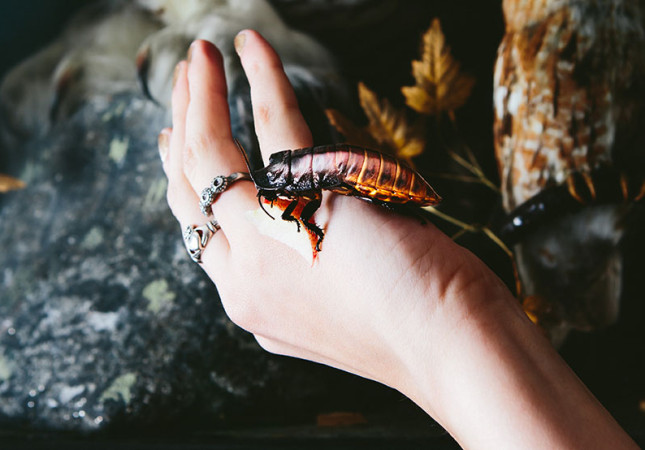

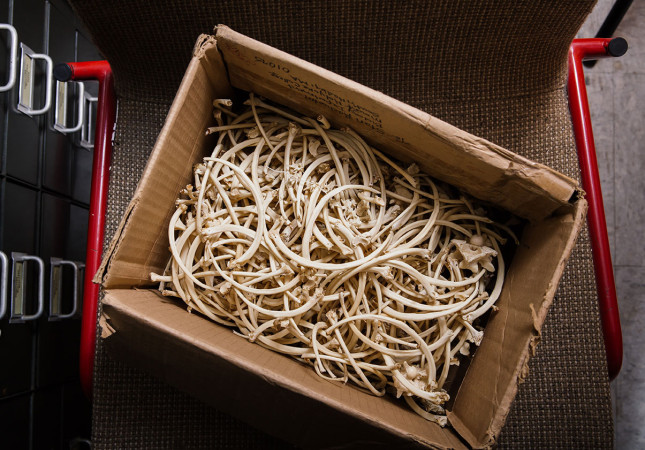
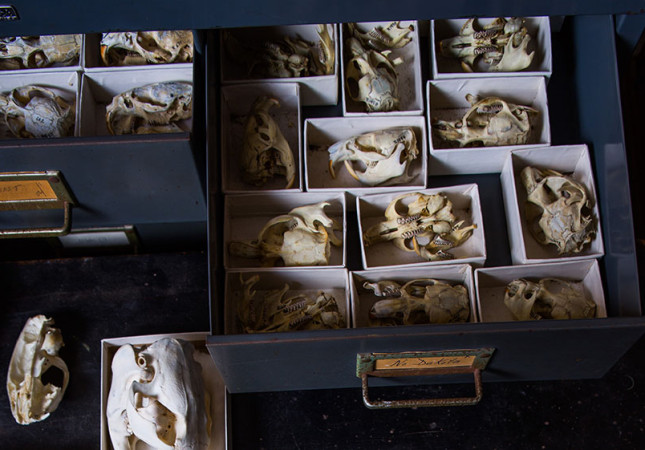
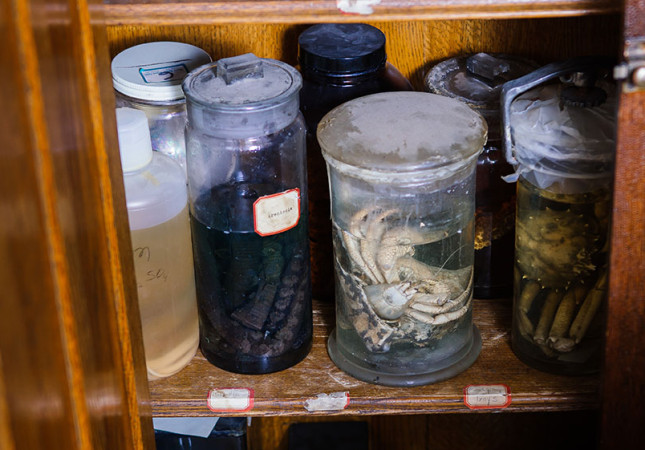
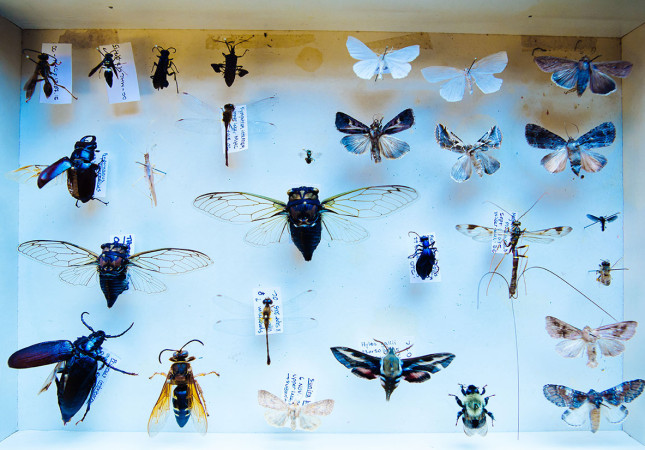




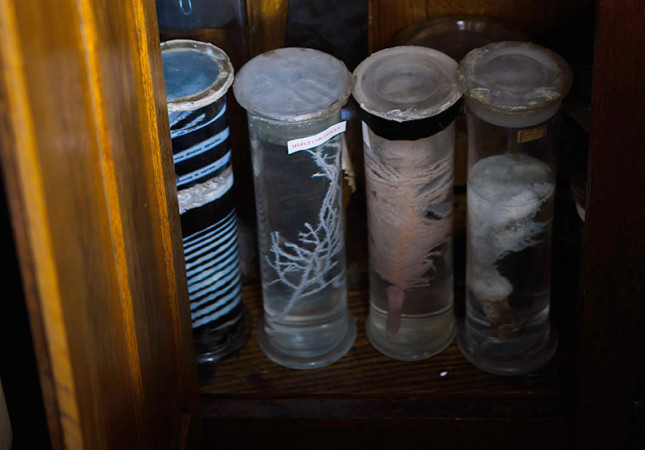
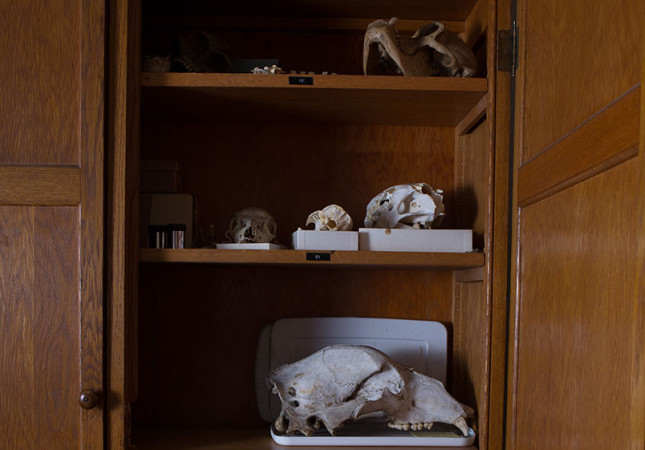
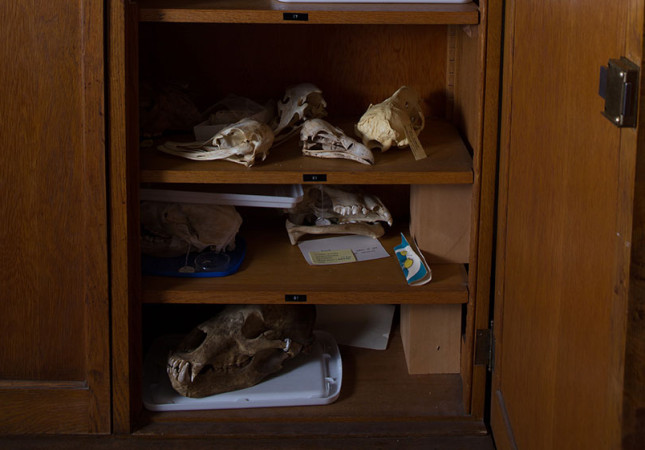
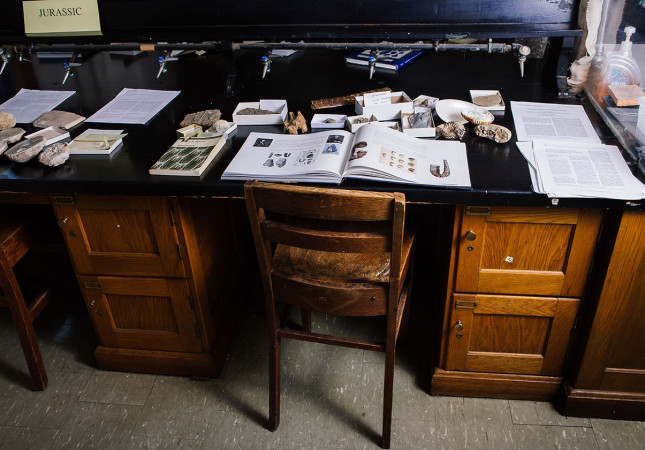
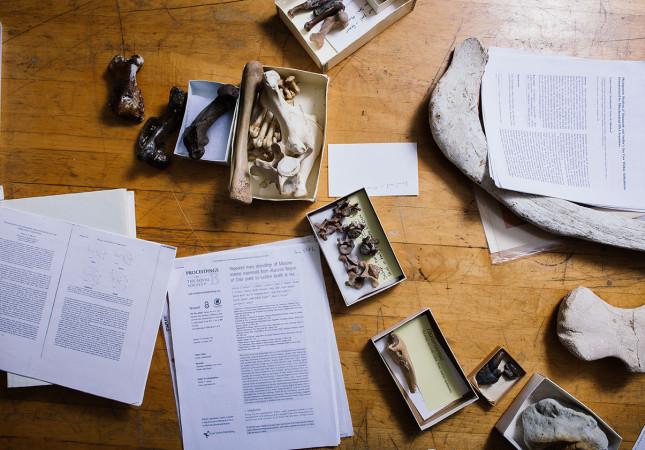
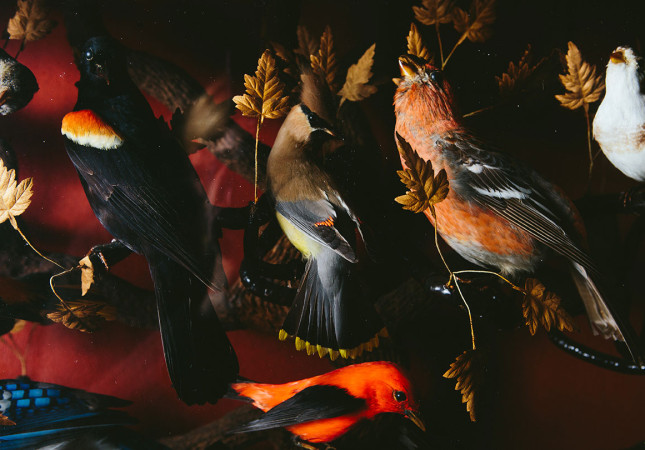





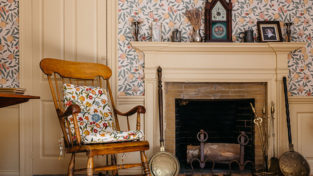

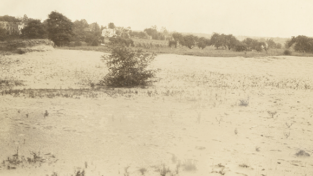
I remember Clapp basement fondly. As a biology grad student, working with Dr. Jane Townsend, I had my office there from 1966 to 1968. Mt. Holyoke did not possess any electron microscopes then. We had to go to U Mass to how to use this very new instrument. I can see from the photos how much things have changed.
It saddens me to read about “animal care rooms”. As a psychology/biology major class of ’85, I remember castrating a mouse in Endocrinology and watching my lab partner’s castrated mouse seizing and dying over the weekend. I remember severing the optical nerves of fish. I remember a classmate studying a mouse in a large beaker as it shook with spasms from a medication she had given it. I look back on these memories with horror. The validity of using animal “models” to understand human biological processes has been called into question, let alone the use of animals for activities like castration for no reason. I hope the college has become more aware of animal welfare and the ethics around animal research since the early ’80s and that other alumnae don’t have the terrible memories I do; I wish I had understood the moral and ethical questions then as I do now. I wish we had discussed those issues in our coursework and given students a choice, at the very least, about torturing an animal or not.
Hey Keiko, Brooke, Karen and Dawn – I don’t know if you guys are looking at this, but many, many happy memories of the Clapp Basement – Keiko’s huge Triops, the homology lab, Stan’s office, oh, and those senior theses! (1991-1992) – Amy
In 1975 I was given room 13 as an office shared with a fellow graduate student, which worked out well. I remember the Clapp basement fondly, funny as it may be.
You did not mention the small office spaces given to biology majors that are doing independent project. In October of 1972 I visited such an office space. It had been given to my roommate. During my visit I had a seizure. A team of paramedics arrived and took me to Holyoke Hospital.
The next day one of those paramedics mentioned the emergency to one of his neighbors. His neighbor was Miss Beeman, one of the professors in the biology department.